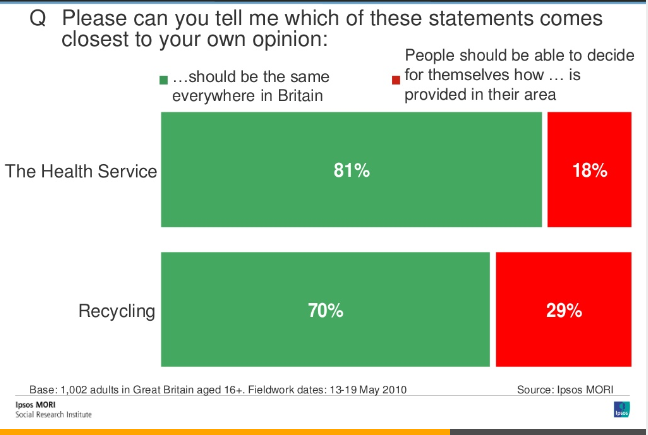
By Ian Babelon
In the first part of two blog posts, published on 22 May, Ian Babelon provided examples of good practice in retrofitting social housing. The second part of this blog post looks at estate-wide and area-wide social housing retrofits.
Introduction
Upscaling social housing retrofits requires learning from individual property retrofits and wider retrofitting programmes. With numbers comes greater complexity. As capacity grows, opportunities for partnerships provide new opportunities to embed retrofit programmes in wider sectoral and place-based strategies. This post considers the role of estate-wide and area-wide social housing retrofits, including how these can benefit from tenant engagement for healthy, inclusive placemaking.
Estate-wide retrofits
Low-carbon retrofitting measures on Lancaster West Estate at the Royal Borough of Kensington and Chelsea have included Energiesprong whole house retrofits at 38 homes, energy-efficiency measures at 367 homes across seven blocks, and testing mechanical ventilation heat recovery systems. The latest measure is the fully carbon-neutral retrofit at Treadgold House. Other measures have included public realm and safety improvements. Along with the extensive resident engagement, the estate has witnessed a deep one-of-a-kind transformation.
However, estate-wide retrofits can be difficult to plan and deliver to a high energy-efficiency standard due to the large up-front costs involved. A mix of whole-house retrofits, fabric-first approaches, redevelopment of poorly designed buildings, and essential scheduled upgrades might be preferable, depending on the context and the heavy cost of building safety compliance.
The acclaimed Passivhaus redevelopment of Agar Grove in Camden, based on the masterplan by Hawkins\Brown, features a mix of solutions that make the estate-wide regeneration more affordable for both the council and residents. These include new council homes, refurbished flats, affordable rental housing, and homes for sale, enabling a tall order of 496 new homes to be delivered in six phases. Besides providing much-needed quality homes to many, the project also acts an exemplar for social and affordable housing in the UK and beyond.
Area-wide programmes
From being an early adopter of the Energiesprong approach to the Deep Retrofit Energy Model (DREeM), enabling energy-efficient retrofits to dozens of social homes, Nottingham City Homes have been among the first in the UK to develop neighbourhood-wide retrofits. Nottingham City Council even tested the innovative use of Low Temperature District Heating along with whole house retrofits for 94 homes in Sneinton, which proved more complex than initially expected.
In Scotland, the Renfrewshire retrofit programme aims for EnerPHit or AECB Retrofit Standard for up to 3,500 homes across eight neighbourhoods. The initiative is part of a £100m housing-led regeneration programme across the local authority. Renfrewshire Council was selected as Social Landlord of the Year 2022 by the Retrofit Academy for its clear strategy to deliver large-scale housing decarbonisation, adopt the PAS2035 framework wherever possible, and for its proactive engagement of residents throughout the programme.
Other noteworthy programmes include whole house retrofits for 150 council-owned flats on the Holt Dale Estate in Leeds, reaching EPC rating A, benefitting residents who were living in fuel poverty. The 3 Cities Retrofit programme is worth following up as it has the potential to retrofit up to 165,000 social homes across the Birmingham, Coventry and Wolverhampton City Councils.
In France, 14 housing associations in Brittany have partnered to leverage the Energiesprong approach for an initial stock of 2,000 social homes, with a potential to extend the experience to 16,000 social homes. In the north of France, the housing association Maison et Cités selected hemp concrete as the most effective material for a progressive roll-out of fabric-first retrofits to 20,000 homes in the former mining region. Both area-wide retrofit approaches were part-funded by the French public investment agency Banque des Territoires.
Upscaling tenant engagement
Residents should be onboard from day one of their property’s retrofit, but they can also actively contribute to wider retrofit programmes. Insight from the Social Housing Tenants’ Climate Jury report (2021) and the Resident Voices in the Net Zero Carbon Journey report both point to the need to educate and actively involve residents from the planning phase to supporting sustainable lifestyles.
One year on, these needs were felt even more acutely in the build-up to COP26. Critically, residents have expressed that perceived contradictions in council-led environmental strategies such as recycling can have knock-on effects on how they perceive the value and effectiveness of retrofits. This implies that efforts toward improving energy-efficiency and reducing waste should be consistent.
Resident-led and national initiatives have included community gardening and the Incredible Edible network. These can provide additional involvement opportunities as well as quality food and care for the neighbourhood. The demand for greener urban spaces, biodiversity and access to wildlife also came strongly in a related report by Orbit and the Chartered Institute of Housing. Initiatives that upscale tenant engagement include recruiting tenants as board members (at Connect Housing) or embedding tenant involvement in the housing provider’s sustainability strategy (at Notting Hill Genesis).
Providers can also encourage residents to contribute to the Together with Tenants Charter led by the National Housing Federation. The organisation Tpas and partners have shared tenant engagement guidance for ALMOs and housing associations that will be useful in seeking to upscale social housing retrofits. In addition, there has been a recent ministerial push encouraging tenants to voice their concerns more readily, and therefore to exercise scrutiny over what may be dismal housing conditions.
Final thoughts
Collaboration and cross-sectoral partnerships underpinned by active tenant engagement seem essential to deliver large retrofit programmes while hedging against otherwise deterring risks. Exemplars, in turn, help build a greater ‘can do’ attitude and know-how for the wider housing and property sectors on the road to net zero, including area-wide retrofits.
Ian Babelon is a UX Researcher in Idox.
Further reading: more on decarbonising housing and sustainable living from The Knowledge Exchange blog
New life for old homes: the potential of retrofitting social housing | The Knowledge Exchange Blog
Heating Clydebank via the Clyde: renewable heat in the COP26 host city | The Knowledge Exchange Blog
Growing opportunities: the multiple benefits of community gardens | The Knowledge Exchange Blog




You must be logged in to post a comment.